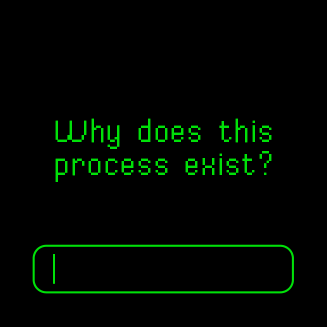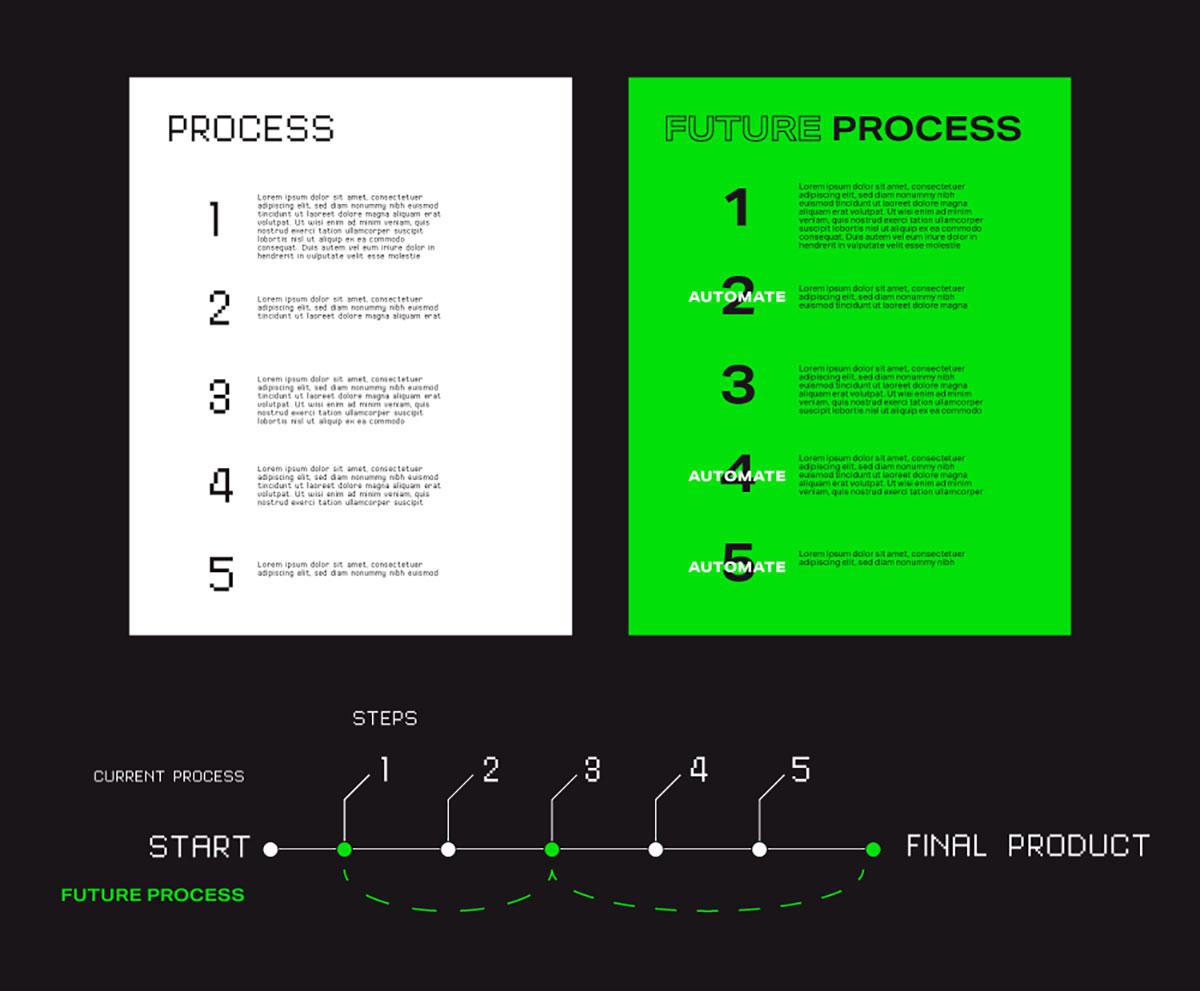Let’s Go Through the Steps to Get You There
How many times have you handled a task for your boss, a colleague, or customer and thought to yourself “this process is so 1970s!”. The fact is, many of our processes are still handled in a very 1970s, or at best 1990s sort of way. So…how does your organization transform from its outdated ways to the digital world? Just add technology and done, right? Unfortunately very wrong.
Of course, companies are adapting new technologies all the time – but tech on its own is not a fix. Many have failed to reinvent their processes in a way that really impacts their customers or that leverages the power of that technology. In a nutshell, they’ve just spent a lot of money to keep things exactly the same.
One of my “sayings” is: “you can’t automate what you don’t understand”. So, the first step in any effective digital transformation process is doing the hard work of understanding both your current state, and defining what you desire as your future state.
Current vs. Future State
To define your current state, you will need to document and truly understand the current systems and processes in detail, which means you need to engage the people that work with them every day. Ask them questions like “Why do you do it this way?” and “Why does this process exist?” For each process that has a purpose, there is probably another one that has zero value and can be thrown out. Understanding the value-added steps and keeping them, and throwing out useless ones, is essential to creating the efficiencies that will make you successful.

In order to create the desired “future state”, you need to assemble a team of both current state owners, and future state architects. There have to be people in the room that challenge the status quo and understand the potential of technology and automation to eliminate the need for manual work where automation can exist.
Think big! Start with the question “can the whole process be automated?, and if not, why not?”. Where are the touch points with your customers? If these touch points require them to do something today (e.g., go online and order more product, call to order more product, request more information) ask yourself if these steps are adding value to their experience with you, or, are they interruptions to their day that they would much rather automate?

Expertise
Very likely, there are people inside your organization with many of the answers necessary to transform your business. These same people would LOVE to do away with the meaningless tasks they have to do every day, and instead, focus their time and energy on more strategic or productive activities for your company and your customers. So, utilize the resources you already have to understand where opportunities lie.
At the same time, bring in experts that work every day in a digitally transformed world. Bring in people who have a track record of creating and implementing automation and intelligence that has shown demonstrable results. Choose expertise that aligns to your company’s culture, but challenges your thoughts and ideas and can guide you to what’s possible and what isn’t. If you are a company looking to transform, the right expertise can truly bring revolutionary change over time without disrupting the organization or your customers’ experience. The experts will also be able to transfer knowledge to, and train your existing organization to ensure sustainable success.
Technology will be the Easy Part
There are lots of great technologies and tech experts available. Choosing the right ones that will first seek to understand your organization and your customers needs is crucial. The right partner can create solutions that fit and improve your environment. The right technologies and expertise can make you more efficient, more productive, and free up your resources to ultimately serve your customers better. Look for an organization that is not trying to sell you a product or solution, but one that is most interested in the health of your organization. Look for a partner that is more interested in your business, how it works, who your customers are – and demonstrates a track record of success in implementation and results for others like you. If you are interested in digital transformation and releasing the full potential of your organization, start with your people, your customers, your processes, and add some experienced resources. Make sure they have the right qualifications and a proven track record of success, and you’ll be joining the Digital Intelligence Age in no time.



